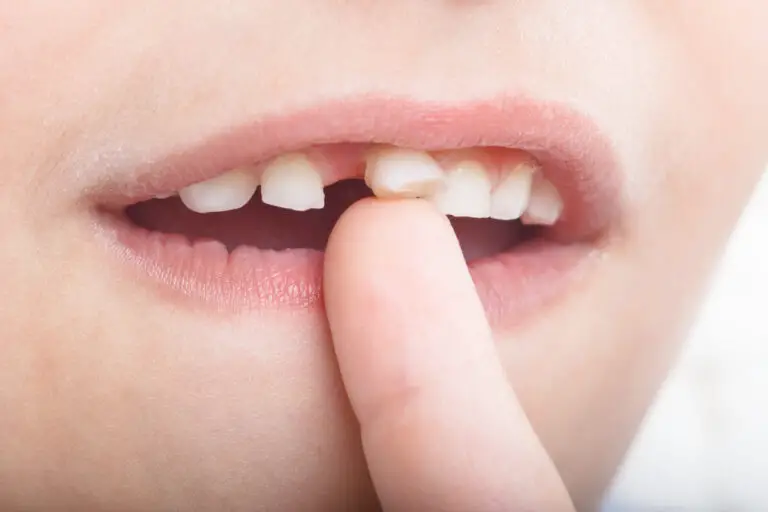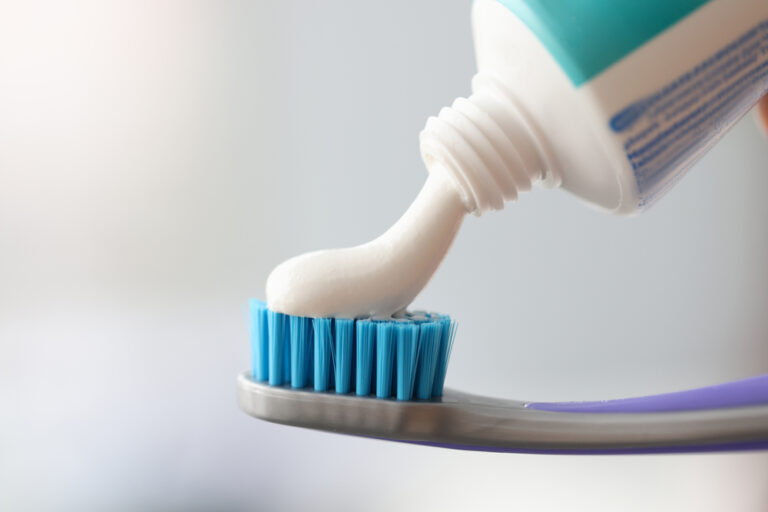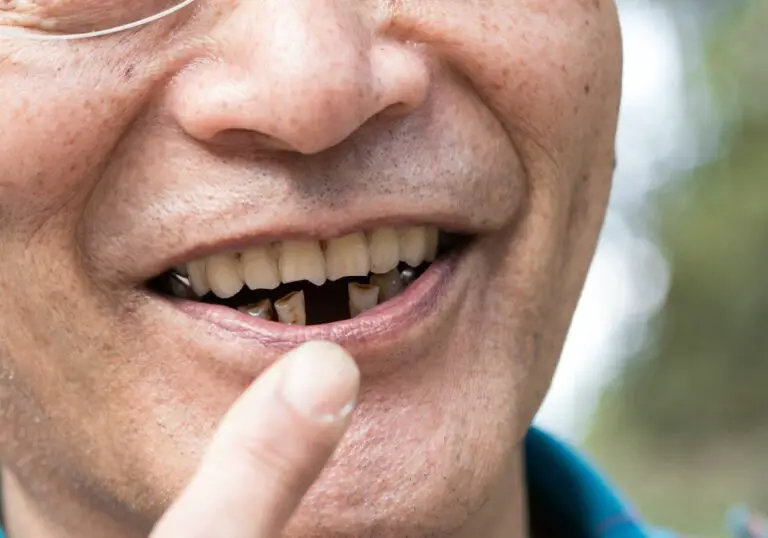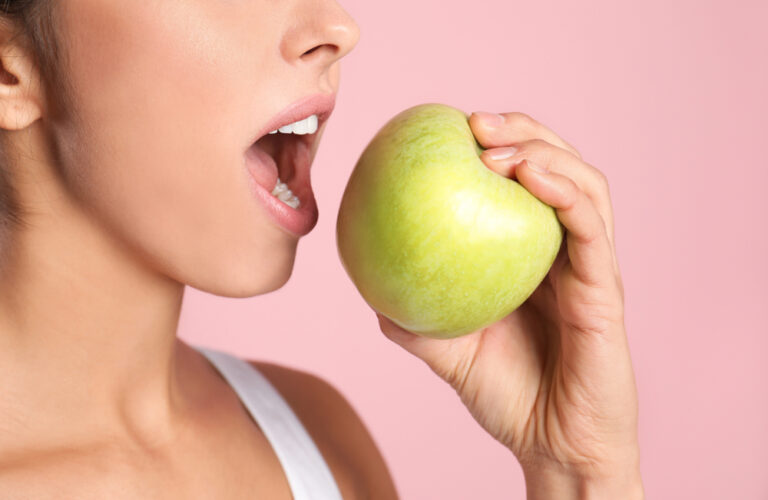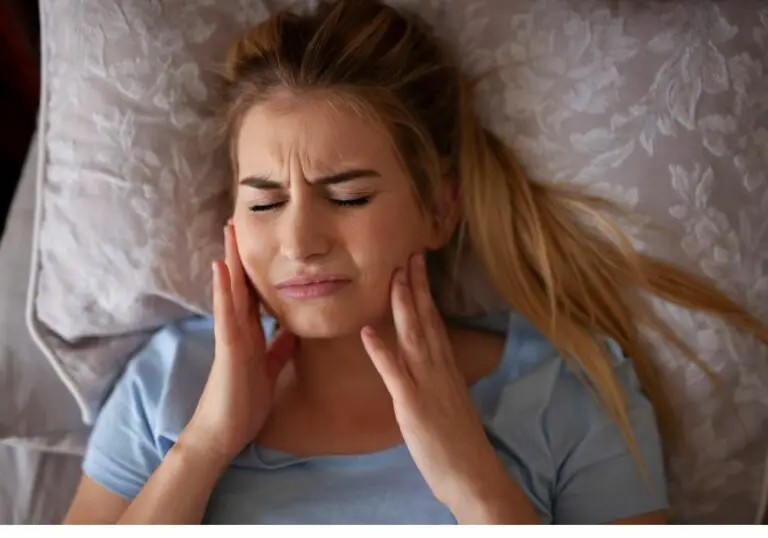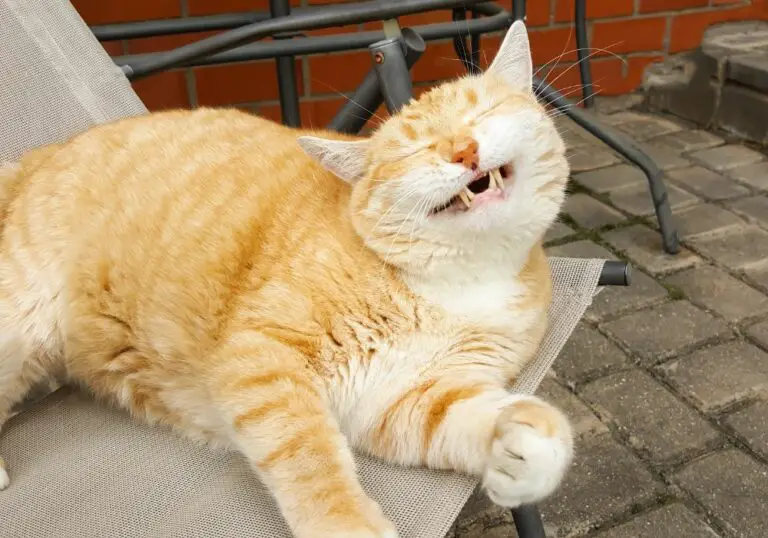Are you ever in a situation where you forget your toothbrush? Or maybe you’re traveling and don’t have access to one. In these scenarios, you may be wondering if it’s okay to use your finger to brush your teeth. While using your finger as a makeshift brush is not ideal, it can be effective in certain situations.
Before using your fingers to brush your teeth, it’s crucial to wash your hands thoroughly with soap and water. Clean hands will minimize the transfer of bacteria from your fingers to your mouth. Using your fingers as a temporary brushing tool offers a few advantages, such as being able to remove plaque and food debris, minimize bacteria growth, and freshen your breath. In this article, we’ll explore whether or not it’s okay to use your finger to brush your teeth and provide tips on how to do it effectively.
Can I Use My Finger to Brush My Teeth?
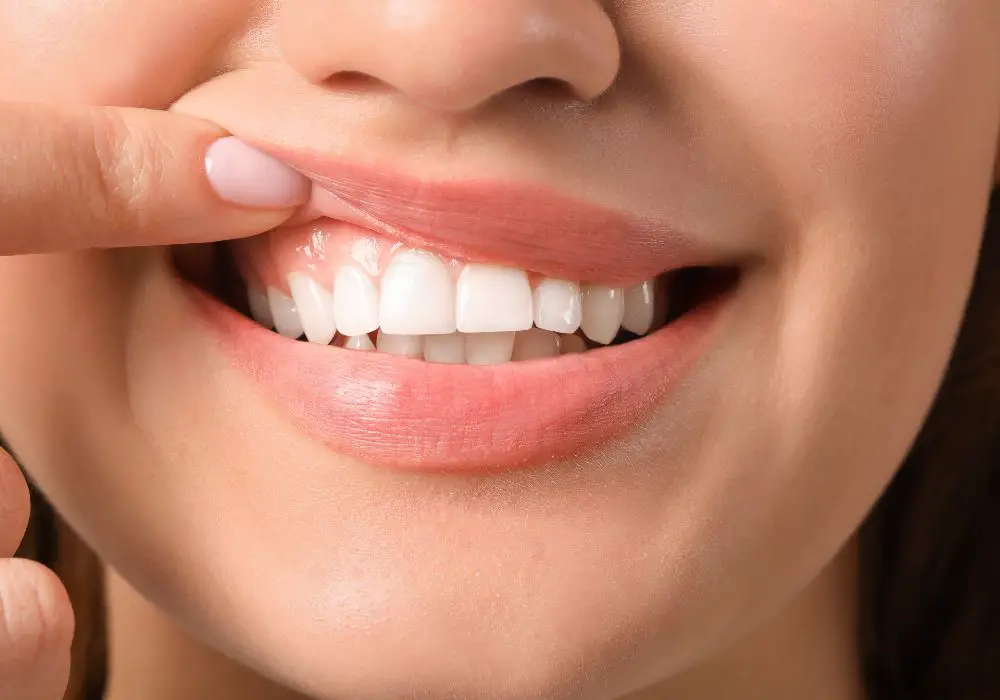
If you’ve ever been caught without a toothbrush, you may have wondered if using your finger to brush your teeth is a viable option. While it’s not ideal, it can be effective in certain situations. In this section, we’ll explore the basics of finger brushing and the pros and cons of this method.
Understanding the Basics
Finger brushing involves using your finger to apply toothpaste and clean your teeth. To do this effectively, follow these steps:
- Thoroughly wash your hands with soap and water.
- Apply a pea-sized amount of toothpaste to your index finger.
- Use your finger to brush your teeth in a circular motion, focusing on the front and back of each tooth.
- Spit out the toothpaste and rinse your mouth with water.
While finger brushing can be effective in a pinch, it’s important to note that it’s not a substitute for regular brushing with a toothbrush. Toothbrushes are designed to clean your teeth more thoroughly and effectively than your finger can.
Pros and Cons
Like any dental hygiene method, finger brushing has its pros and cons. Here are a few to consider:
Pros
- It’s better than not brushing at all.
- It can be effective for removing surface-level plaque and debris.
- It’s a good option for those who don’t have access to a toothbrush.
Cons
- It’s not as effective as brushing with a toothbrush.
- It can be difficult to reach all areas of your mouth with your finger.
- It’s not a long-term solution for maintaining good dental hygiene.
Overall, while finger brushing can be effective in certain situations, it’s not a substitute for regular brushing with a toothbrush. If you find yourself without a toothbrush, it’s better than not brushing at all, but be sure to brush with a toothbrush as soon as possible.
Alternatives to Toothbrushes
If you find yourself without a toothbrush, there are a few alternatives you can use to still clean your teeth. Here are some options:
1. Use Your Finger
Using your finger to brush your teeth is a good option if you don’t have a toothbrush. Wet your finger with a little water and apply a small amount of toothpaste or a teaspoon of oil, like coconut oil or olive oil, to your index finger. Rub your finger over your teeth in a circular motion for at least two minutes. Spit out the toothpaste or oil and rinse your mouth with water.
2. Use a Washcloth or Paper Towel
A washcloth or paper towel can also be used to clean your teeth. Wrap the cloth or towel around your index finger, dampen it, and add toothpaste if you have some. Rub the cloth or towel over your teeth in a circular motion for at least two minutes. Spit out the toothpaste and rinse your mouth with water.
3. Use Baking Soda
Baking soda can be used as a toothpaste substitute. Mix some baking soda and water in a bowl until you’ve made a paste. Dip your finger in the paste and rub it over your teeth in a circular motion for at least two minutes. Spit out the paste and rinse your mouth with water.
Remember, these alternatives are not meant to replace regular brushing with a toothbrush. They are only meant to be used in a pinch when a toothbrush is not available. It’s important to brush your teeth twice a day with a toothbrush to maintain good oral health.
Proper Techniques of Using Finger for Brushing Teeth
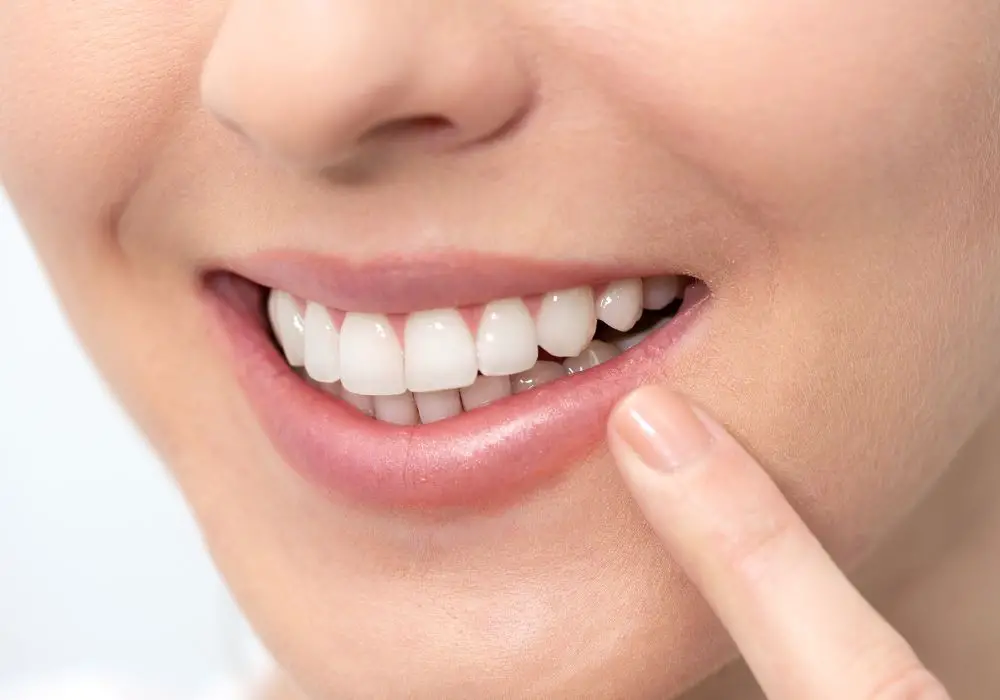
Brushing your teeth with your finger can be an effective way to clean your teeth when a toothbrush is not available. However, it is important to use proper techniques to ensure that you are effectively cleaning your teeth and not causing damage to your gums. Here are some tips for using your finger to brush your teeth:
- Wash your hands thoroughly with soap and water before brushing your teeth. This will help to prevent the transfer of bacteria from your hands to your mouth.
- Wet your finger and apply toothpaste or baking soda. You can also use a mixture of salt and water as an alternative.
- Place your finger on your teeth and use a circular motion to brush your teeth. Make sure to brush all surfaces of your teeth, including the front, back, and chewing surfaces.
- Use gentle pressure when brushing your teeth with your finger. Avoid using too much force, as this can damage your gums and tooth enamel.
- Spit out the toothpaste or baking soda mixture and rinse your mouth thoroughly with water.
- After brushing your teeth with your finger, it is recommended that you use dental floss to clean between your teeth and remove any remaining food particles.
Remember, while using your finger to brush your teeth can be effective, it is not a replacement for regular brushing with a toothbrush. It should only be used as a temporary solution when a toothbrush is not available. If you have any concerns about your oral health, it is important to consult with a dentist.
Health Risks and Precautions
Using your finger to brush your teeth can be a convenient and effective method when you don’t have a toothbrush available. However, there are some health risks and precautions you should keep in mind.
One of the main risks of using your finger to brush your teeth is the potential for introducing harmful bacteria into your mouth. Before using your fingers to brush your teeth, make sure to wash your hands thoroughly with soap and water. This will help to reduce the risk of introducing harmful bacteria into your mouth.
It’s also important to note that using your finger to brush your teeth may not be as effective as using a toothbrush. A toothbrush is designed to remove plaque and food particles from your teeth and gums more effectively than your fingers. If you use your fingers to brush your teeth regularly, you may be at a higher risk of developing cavities and gum disease.
To minimize the risks of using your fingers to brush your teeth, consider the following precautions:
- Use a fluoride toothpaste to help strengthen your teeth and prevent cavities.
- Be gentle when brushing your teeth with your fingers to avoid damaging your gums.
- Rinse your mouth thoroughly with water after brushing to remove any remaining toothpaste or food particles.
- Consider using an antimicrobial mouthwash to help kill bacteria in your mouth.
By following these precautions, you can reduce the risks of using your fingers to brush your teeth and maintain good oral hygiene.
How Effective is Finger Brushing?
Using your finger to brush your teeth can be effective in certain situations. While it is not an ideal long-term solution, it can still help remove plaque and food debris, minimize bacteria growth, and freshen your breath.
Finger brushing is better than not brushing at all. It can be used occasionally or when needed, especially when you don’t have access to a toothbrush. However, it is important to note that finger brushing alone may not be enough to maintain good oral hygiene in the long run.
When you use your finger to brush your teeth, you should follow these steps to maximize the cleaning power of your fingers:
- Thoroughly wash your hands with soap and water before brushing your teeth.
- Use your index finger or thumb to brush your teeth in a circular motion.
- Focus on the front, back, and top surfaces of your teeth.
- Spend at least two minutes brushing your teeth with your finger.
- Rinse your mouth with water after brushing.
It is important to note that finger brushing may not be as effective as using a toothbrush. A toothbrush can reach areas that your fingers cannot, such as between your teeth and along the gum line. Additionally, toothbrushes are designed to remove plaque and bacteria more effectively than fingers.
Overall, finger brushing can be a useful alternative method for maintaining oral hygiene when a toothbrush is not available. However, it should not be used as a substitute for regular brushing with a toothbrush.
Children and Finger Brushing
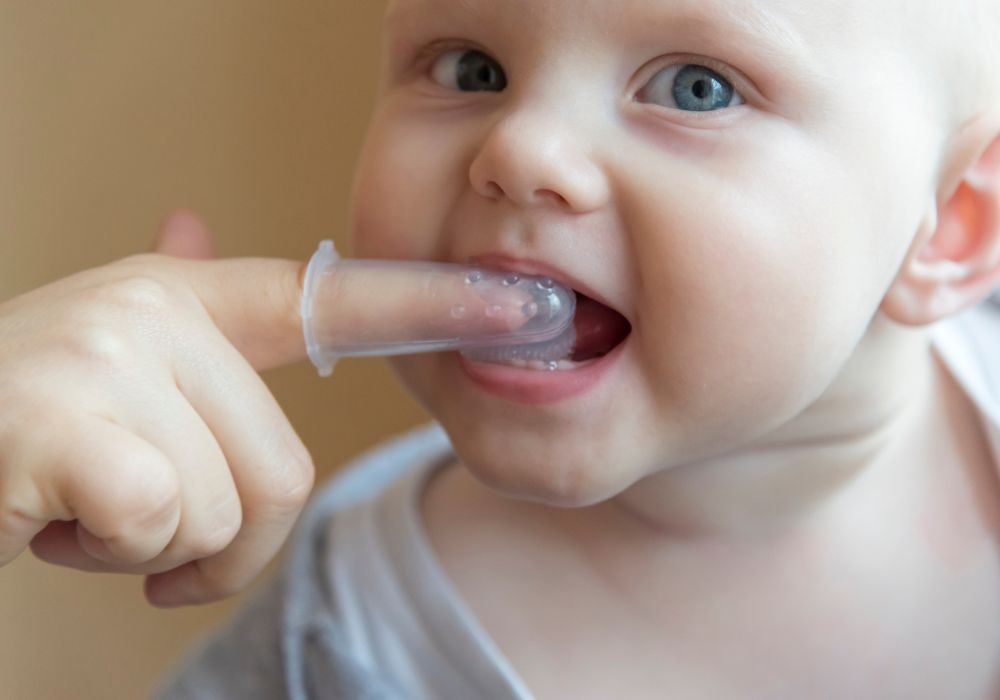
When it comes to children’s dental hygiene, finger brushing can be a helpful tool. Here are a few things to keep in mind:
- When to start: You can start cleaning your baby’s mouth even before their teeth come in. Use a damp cloth or a finger brush to gently wipe their gums and tongue. Once their teeth start to come in, switch to a baby toothbrush.
- How to do it: When using a finger brush, make sure to use gentle circular motions to clean all surfaces of the teeth and gums. You can use water or a small amount of toothpaste. Avoid using too much pressure, as this can cause discomfort or even damage to the gums.
- Supervision: As with any dental hygiene practice, it’s important to supervise your child while they brush their teeth. This helps ensure that they are brushing properly and not accidentally swallowing toothpaste or other materials.
- Pacifiers: Some pediatricians recommend skipping pacifiers altogether, as they can affect the development of the teeth and jaw. If you do use a pacifier, make sure to clean it regularly and avoid dipping it in sugary substances.
Overall, finger brushing can be a helpful tool for children’s dental hygiene, especially when they are still very young. Just be sure to use gentle motions and supervise your child while they brush.
Emergency Situations and Temporary Solutions
In some emergency situations where you don’t have access to a toothbrush, using your fingers can be a temporary solution to remove plaque and food particles from your teeth. Here are some tips on how to use your fingers to brush your teeth in emergency situations:
- Wash your hands thoroughly before using your fingers to brush your teeth.
- Use your index finger and thumb to gently rub your teeth and gums in a circular motion.
- Use a back-and-forth motion to clean the chewing surfaces of your teeth.
- Spit out the toothpaste and rinse your mouth thoroughly with water.
Using your fingers to brush your teeth is not as effective as using a toothbrush. However, it can be a temporary solution until you can access a toothbrush.
If you experience a dental emergency, such as a broken tooth or severe toothache, it’s important to seek dental care as soon as possible. In the meantime, here are some temporary solutions to alleviate the pain and discomfort:
- Rinse your mouth with warm salt water to reduce swelling and pain.
- Use dental floss to remove any lodged food particles.
- Apply a cold compress to the outside of your mouth or cheek to reduce swelling.
- Take over-the-counter pain relievers such as acetaminophen (Tylenol) or ibuprofen (Advil) to relieve pain.
Remember, these are temporary solutions and it’s important to seek dental care as soon as possible.
Professional Opinions on Finger Brushing
When it comes to oral hygiene, many people wonder if it is okay to use their fingers to brush their teeth. While finger brushing can be a convenient option in certain situations, it is important to consider the opinions of dental professionals before making it a regular habit.
According to Dr. Mark Burhenne, a dentist and author of “The 8-Hour Sleep Paradox,” finger brushing can be effective in removing plaque and bacteria from your teeth and gums. However, he notes that it is not a substitute for using a toothbrush and toothpaste. He recommends using a finger brush only in situations where a regular toothbrush is not available.
Dr. Kevin Sands, a cosmetic dentist based in Beverly Hills, also believes that finger brushing can be effective in a pinch. However, he cautions that it is not a replacement for traditional brushing and flossing. He recommends using a finger brush only as a temporary solution until you can access a regular toothbrush.
Overall, dental professionals agree that finger brushing can be a useful option in certain situations. However, it should not be relied upon as a regular part of your oral hygiene routine. It is important to use a toothbrush and toothpaste to thoroughly clean your teeth and gums on a daily basis.
Frequently Asked Questions
What are some alternatives to using a toothbrush to clean my teeth?
If you don’t have a toothbrush, you can use other items to clean your teeth, such as a clean cloth or gauze wrapped around your finger, a soft-bristled brush, or a silicone finger brush. However, it’s important to note that these alternatives may not be as effective as using a toothbrush.
What can I use if I don’t have a toothbrush or toothpaste?
If you don’t have a toothbrush or toothpaste, you can still clean your teeth by rinsing your mouth with water, using a saltwater solution, or chewing sugarless gum. However, it’s important to note that these alternatives may not be as effective as using a toothbrush and toothpaste.
Is finger brushing an effective way to clean my teeth?
Finger brushing can be an effective way to clean your teeth in a pinch, but it’s not recommended as a long-term solution. Make sure to thoroughly wash your hands before finger brushing, and use toothpaste or baking soda to help remove plaque and bacteria.
How can I manually brush my teeth without a toothbrush?
If you don’t have a toothbrush, you can manually brush your teeth by rubbing them with a clean cloth or gauze wrapped around your finger. Make sure to use toothpaste or baking soda to help remove plaque and bacteria.
What should I do if I forget to brush my teeth in the morning?
If you forget to brush your teeth in the morning, make sure to brush them as soon as possible. It’s important to brush your teeth at least twice a day to help remove plaque and bacteria and prevent tooth decay.
Can I brush my teeth without a sink?
Yes, you can brush your teeth without a sink by using a cup or bottle of water to rinse your mouth and toothbrush. You can also use a portable toothbrush that has a built-in water dispenser.

